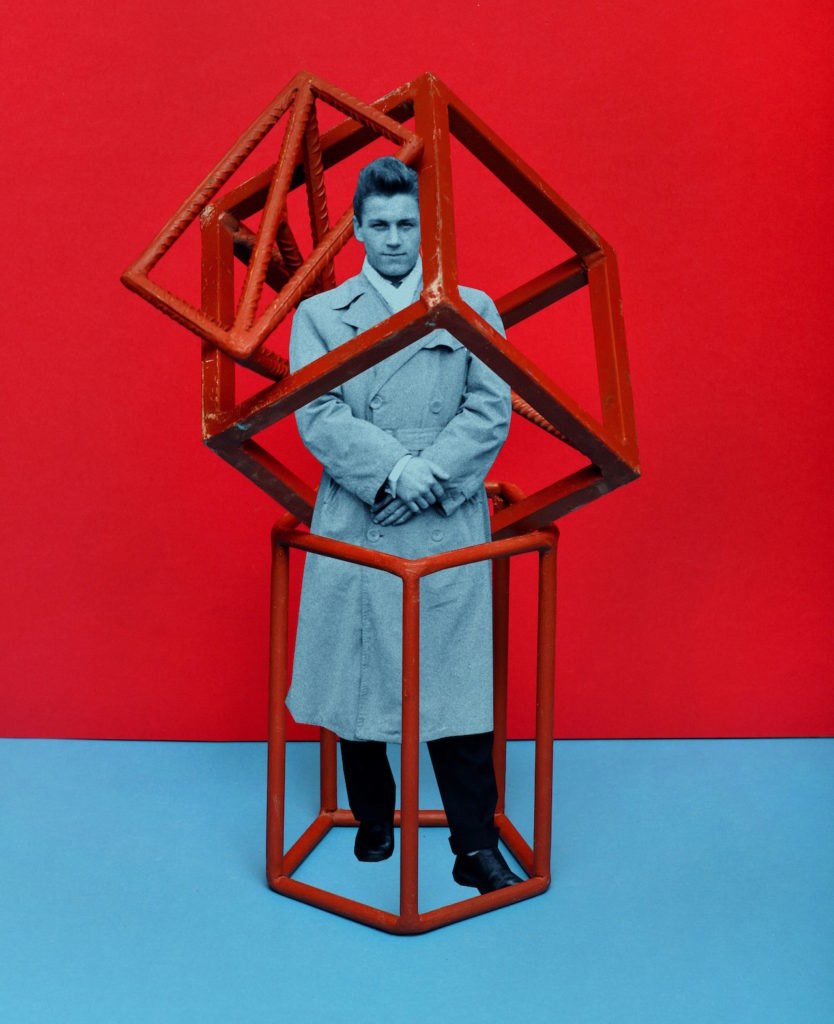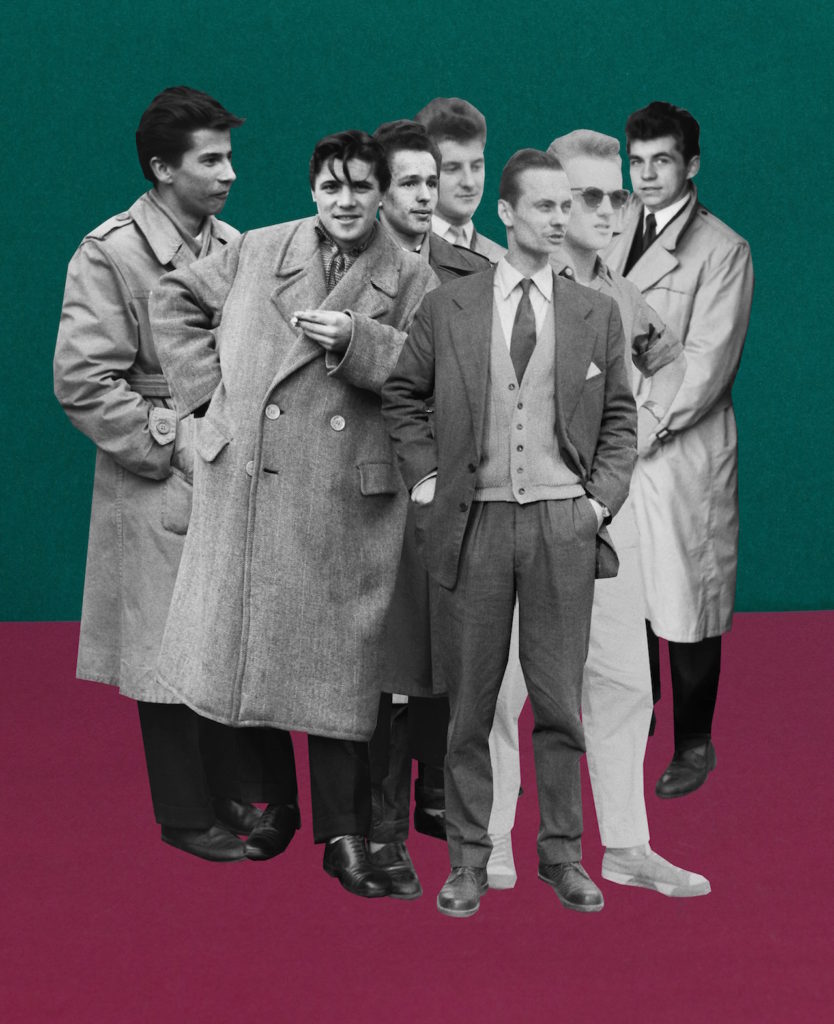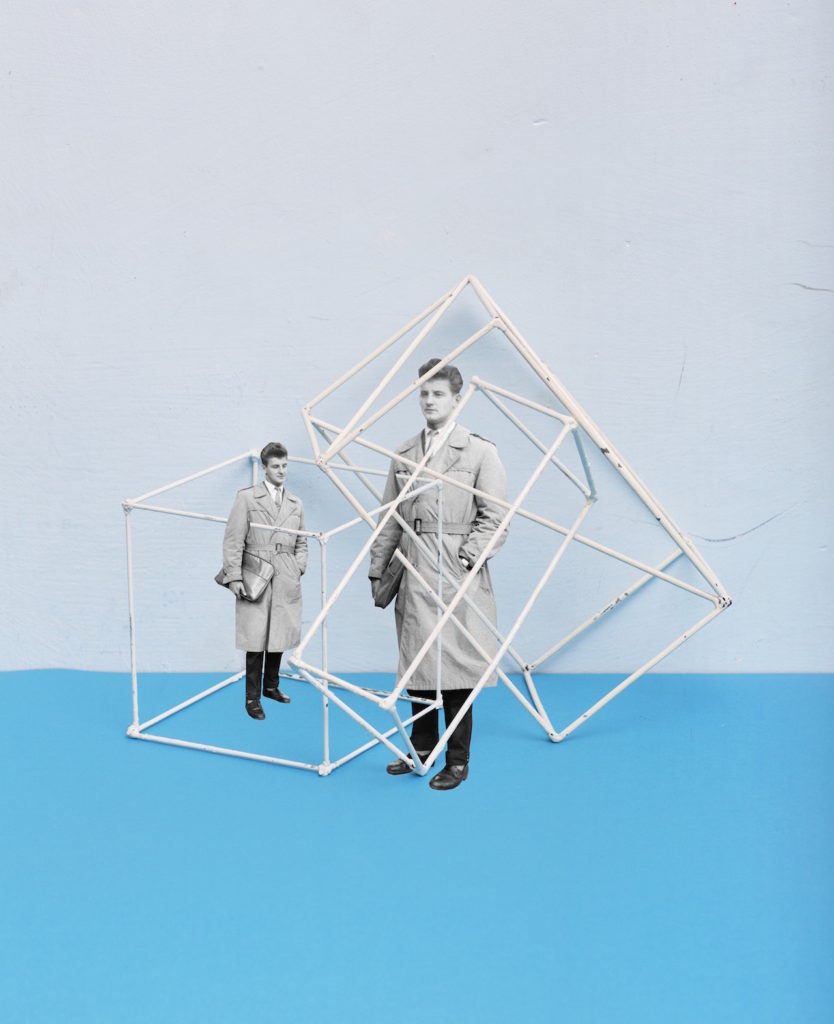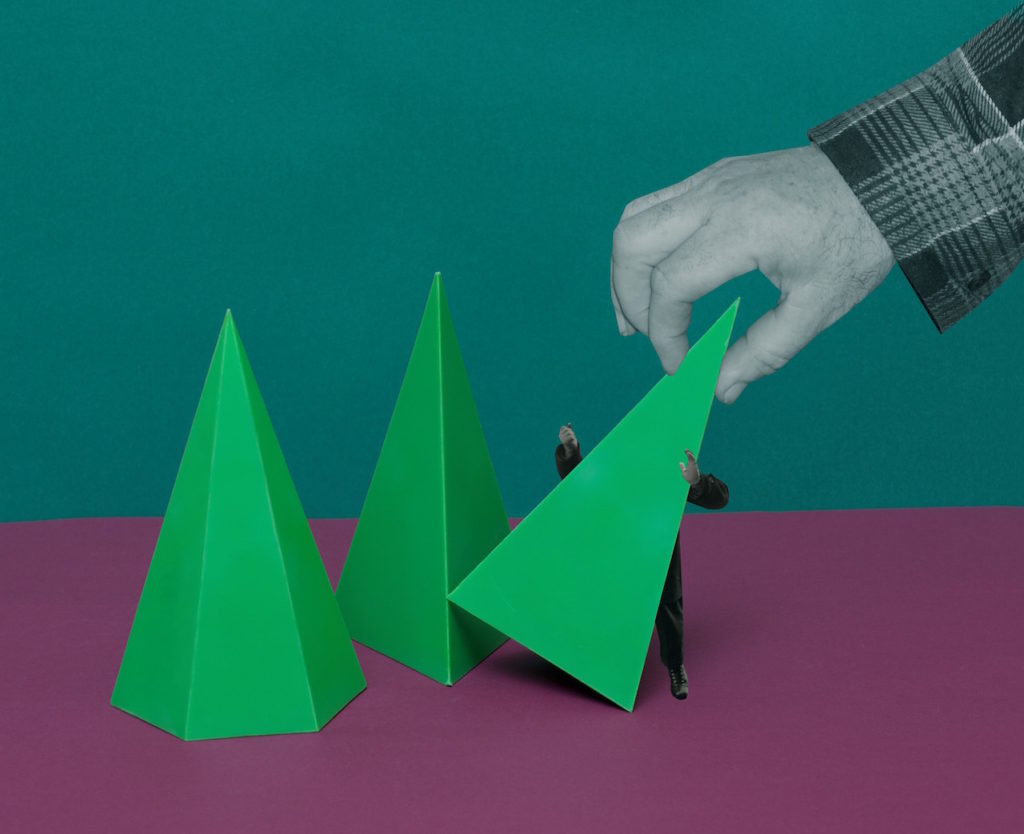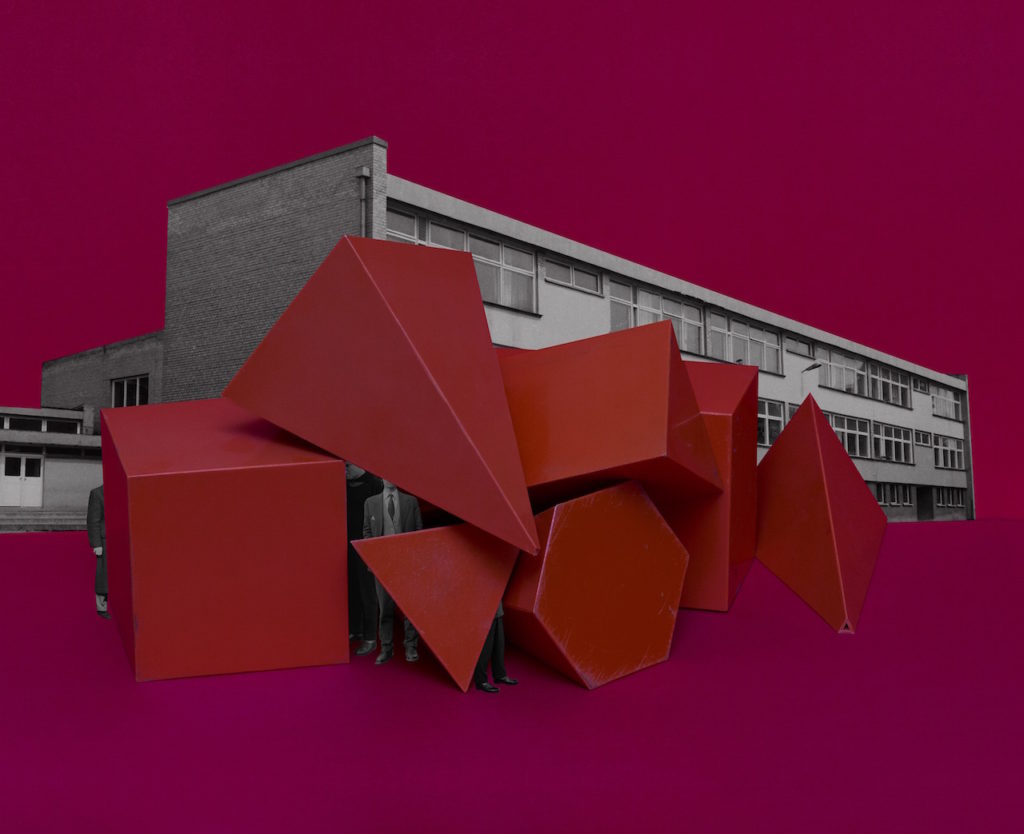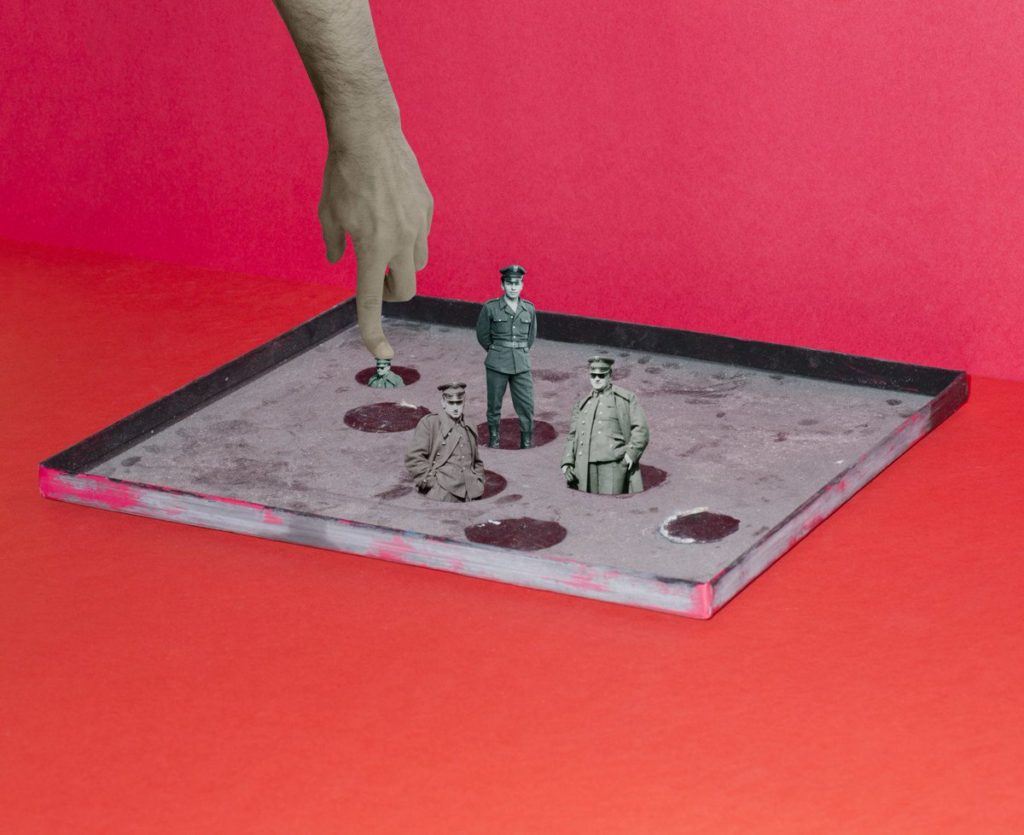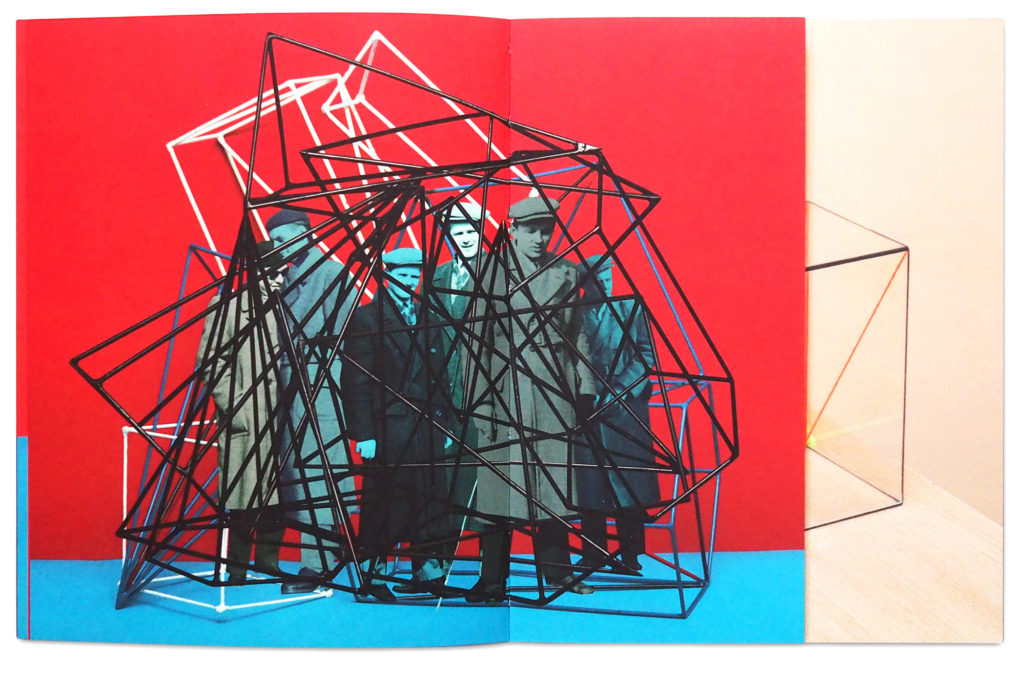Rafal Milach:
Rafal Milach was born in 1978, in Poland. In 2003 he graduated from Katowice with a degree in Fine Art, soon after he co-founded Sputnik photos, which was a series which documented the transition of the post-Soviet states. Milach has a strong connection with capturing photographs which uphold a strong political viewpoint, which is shown in many of his photographic series. Travelling, allows Milach to capture different cultures and gives him an understanding of their political situation which may spark an idea for another photographic series. In addition, he has published many photographic books and zines to showcase his work, as well as having his work show in five exhibitions.
I will be exploring the photographic series ‘The First March of Gentlemen’ which was created in 2017. Contextually, The photographic series captures the town of Września and the towns children strike, which was a protest of Polish children and parents against the Germanization (the spread of the German language culture and people within a city) of the town. there were many demonstrations by Citizens of Poland, a civic movement engaged in pro-democracy and anti-fascist actions, opposed to the political changes brought about by the government led by the Law and Justice (PiS) party.
“This delineates a fictitious narrative that can be read as a metaphor, commenting on the social and political tensions of the present day.”
This direct quote from Milach represents the artistic aim and conceptual representation within the photographic imagery. It suggests that he wanted to create a narrative which holds metaphorical symbolism by creating collages of illustrations of the children’s strike and objects associated with this and characters who lived during the communist era in Września, taken by a local photographer at the time Ryszard Szczepaniak. This conceptually represents the social and political issues which were relevant during that time, but still can be applied in some areas in today’s society, making the project relevant.
“The ‘Gentlemen’ is just a figure of speech. It’s not a gender-related thing, it’s just a representation of some activated unit. To me it was rather a metaphor of being in some sort of bubble where you don’t really have to act because you are comfortable.”
Above is a quote taken from a recent interview with Milach where he explains the purpose of his book. It explains why the book is titled in such way and the importance of the title to the conceptual and contextual representations, which clearly showcase the political and social tension with the communist era.
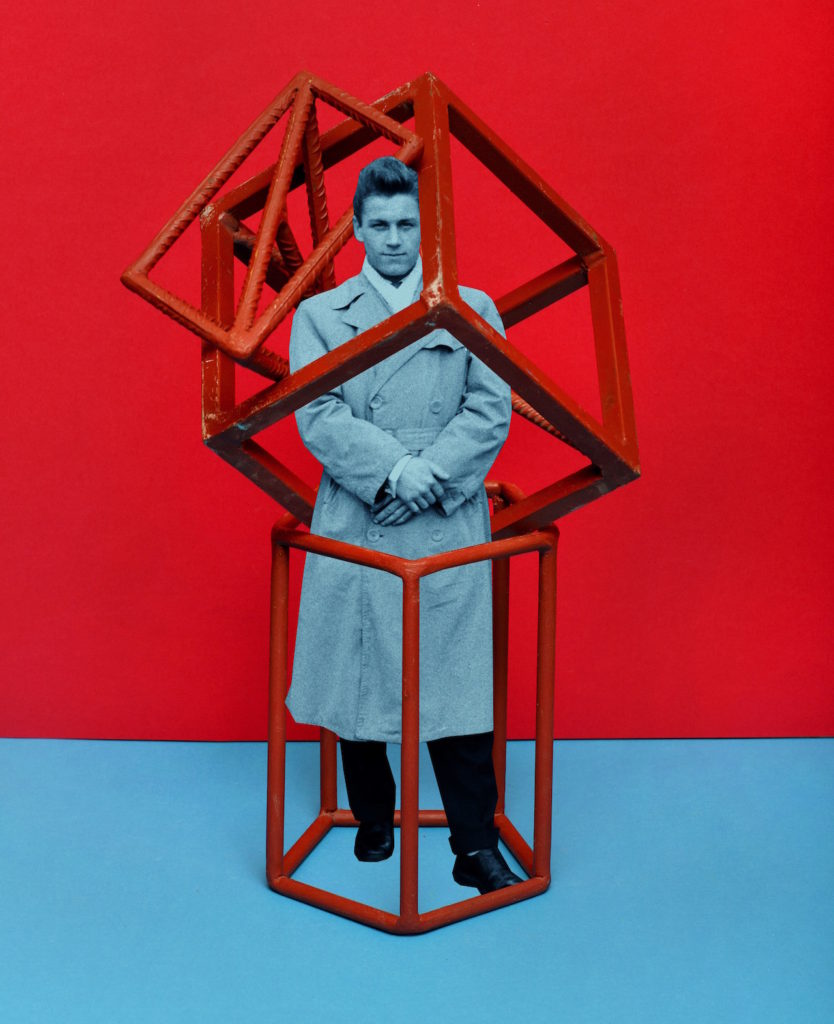
The image above is one of my favourite photographs from the series, we are presented with a man entrapped in geometric shapes in the centre of the frame. The geometric shapes are object taken from schools in Września, to contextually show how the German’s changed the education system to be like Germany’s, which illuminates how nothing has been changed. The figure itself seem authoritative and most likely has some connection with the political system within the town, the creates a conceptual representation that politics have entrapped citizens of the town and will not do anything about it. The photograph is presented as a portrait photograph taken at a straight on angle and in colour. The background of the photograph is red and blue, which are not complementary colours, which uphold the pejorative representations within the imagery. Due to the background being plain it allows the subject and objects, in the centre, to be the main focus point, ensuring we gain the conceptual message. The photograph presents the formal elements of colour, space and shape through the positioning of the object and subject, and the sense of confinement through the entrapment. The overall composition works in telling the narrative, and is similar in every page of the photo book.
Technically, the camera settings are basic, due to the photograph being an artificial still life montage, which documents the Września children crisis. The lighting used is artificial, likely to be two flash heads either side of the frame which go off at the same time, due to the lack of shadows and the whole frame being lit. On top of this, the ISO is likely to be low due to no intended noise and the shutter speed being quick (1/250) due to no intended blur when capturing the photograph. In addition, the frame showcases a clear white balance accuracy as the colour are strong and almost vibrant, allowing the conceptual meaning to be almost in your face when viewing the image. The aperture is likely to be on F16 allowing the whole frame to be in focus, reducing depth of field, and allowing enough light in to capture the montage sufficiently.
To conclude, I think that the work of Milach is successful due to the nature of using a photomontage to showcase documentary photography. He clearly showcases his conceptual representations due to the clear link with personal and historical context within the imagery. The composition is well thought out, through the colour schemes to the positioning, allowing an affecting and intriguing response for viewers. In addition, the camera settings have been used effectively to produce high quality photographs.

